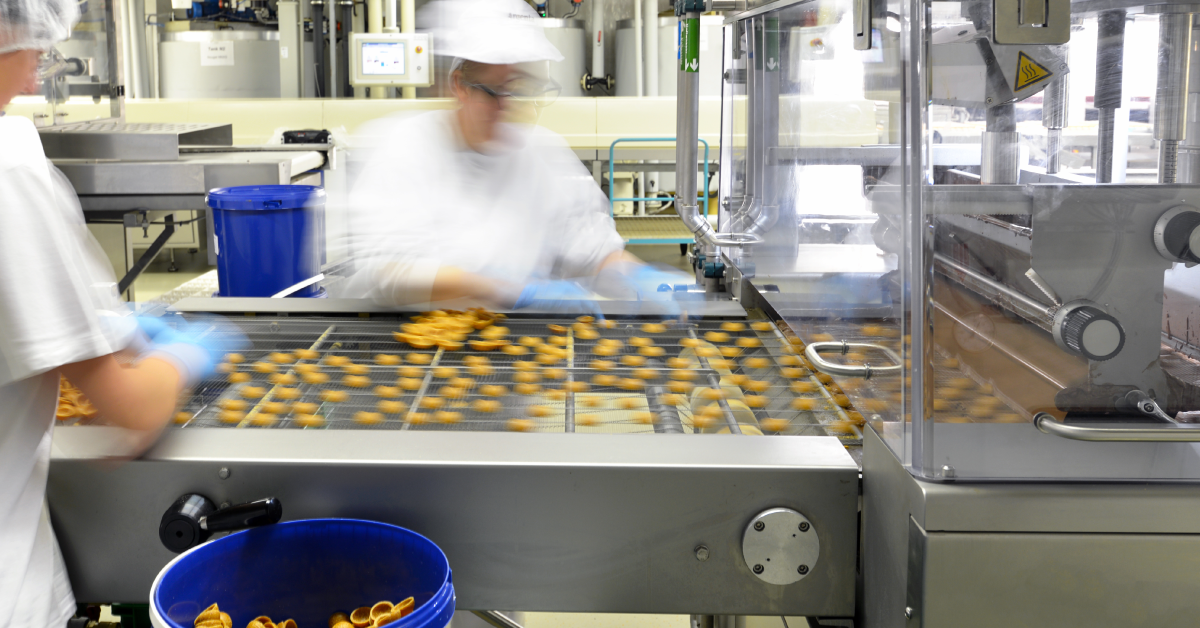With a wide range of end products, processes, and regulations, food manufacturers have long been at the forefront of manufacturing innovation.
Still, the industry is changing. As the labor shortage continues, supply chains are strained, regulations change, and consumers demand new products, food manufacturers globally need more advanced tools and strategies to remain competitive.
Digital Twins are at the forefront of many digital transformation initiatives, but are they just a buzzword? Or is there real value in the benefits Digital Twins offer?
As food manufacturers continue pressing forward amid tumultuous times, there’s never been a more pressing time for food manufacturers to bring in Digital Twins and Industry 4.0 technology. In this white paper, we’ll explain more about what Digital Twins are and how they can help food manufacturers solve their biggest challenges.
In this white paper, you’ll:
- learn the key differences between different types of manufacturing Digital Twins
- discover digital solutions for the challenges specific to food manufacturing
- understand how Digital Twins can help food manufacturers improve their four biggest goals, including:
- Quality
- Adapting to consumer demands
- Product consistency
- Safety and regulations
Complete the form to download the white paper now.






